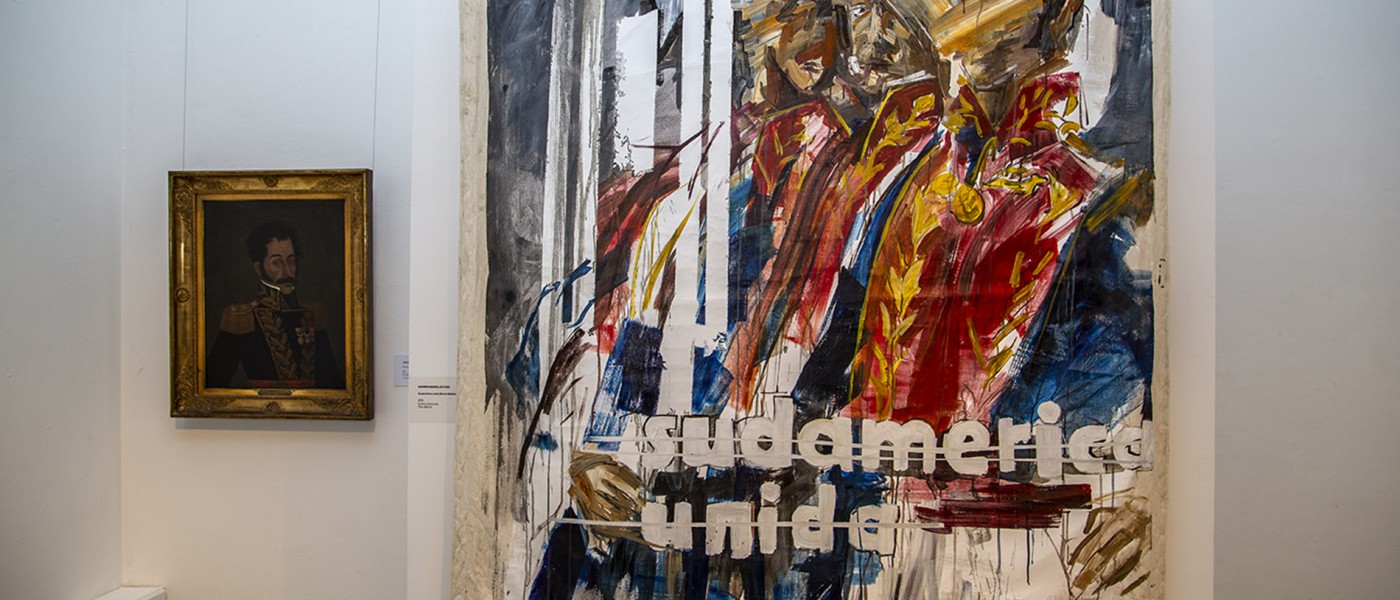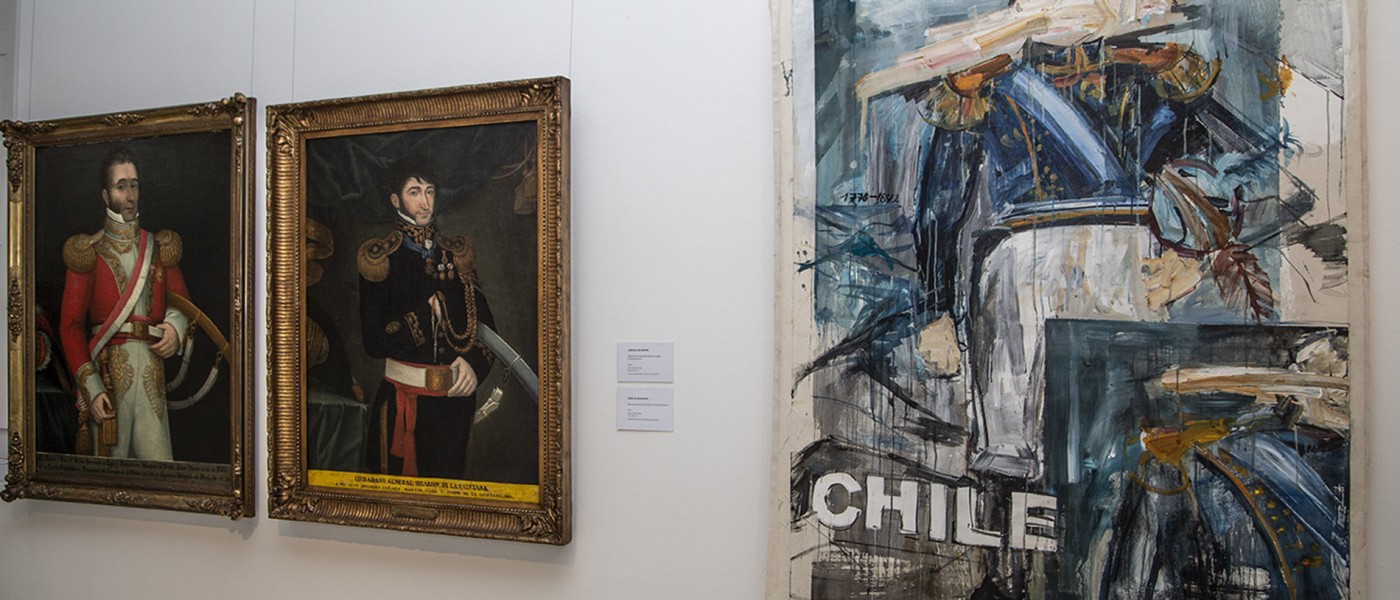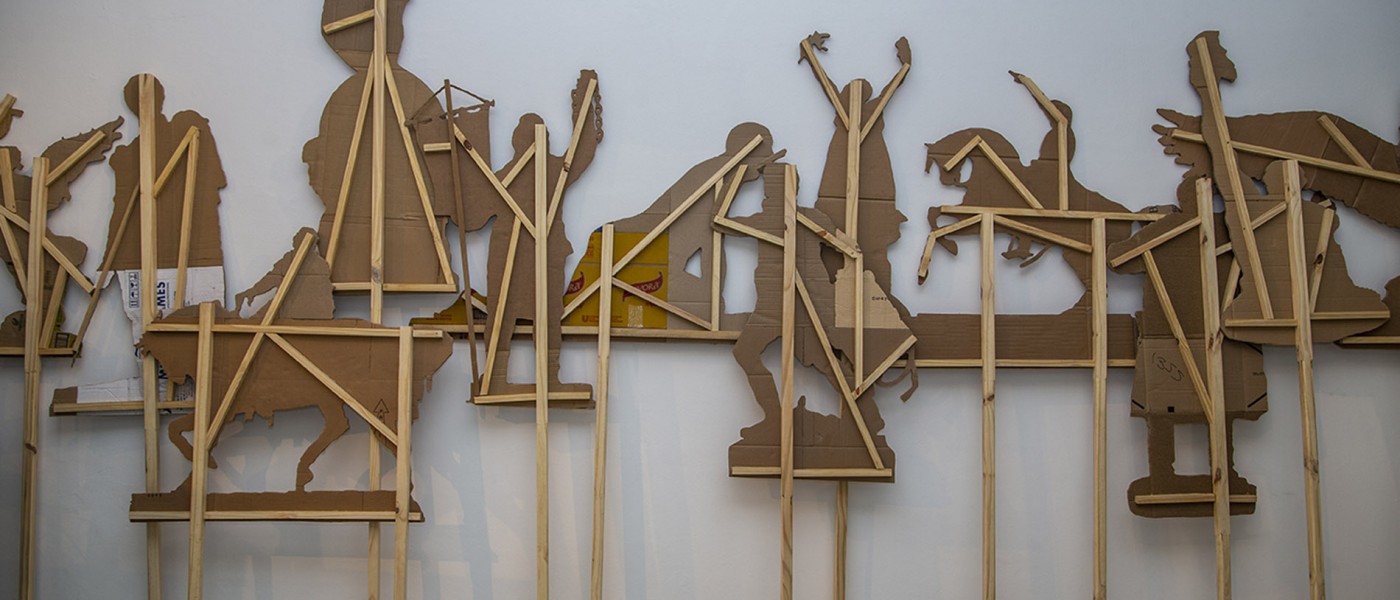Historical narrative organizes and seeks to interpret the past, while the curatorial approach juxtaposes images and moments in time in an attempt to try out different narrative forms, that may be either discontinuous or broken up. Here, the position of each element in relation to the others presupposes new meaning. Both forms of narrative – the historical and the assembly of images – share their knowledge of the point of arrival of history, being the present moment where they coincide and whence they observe, analyze and select moments from the past. However, while history leans on certain narrative structures to give it continuity and make it legible, the assembly approach plans an exhibition of several different yet concurrent images, inevitably leaving gaps and spaces between them. These interstices are what entice the viewer to add their own view of things, cultural input rich with knowledge and experience, in order to build a narrative where meaning swells in possibility beyond a conclusive storyline.
It is this process of assembly which underlies the selection of the works by contemporary artists in the narrative drawn up by the Museo Histórico Nacional in its quest to critically stimulate pre-established meaning and illuminate, using shock tactics, the relationship between perspective, time and diverse devices to create other possible narratives.



